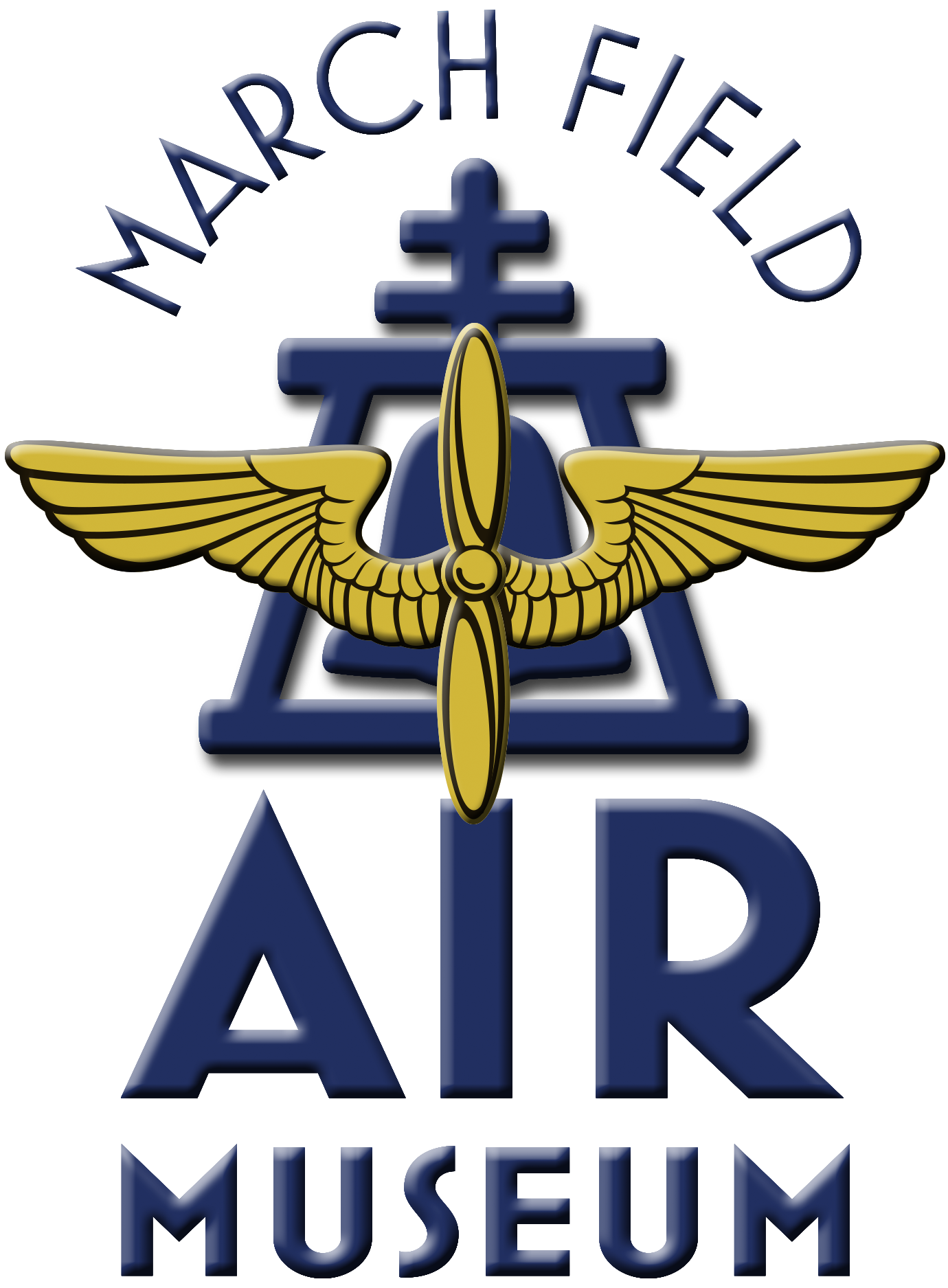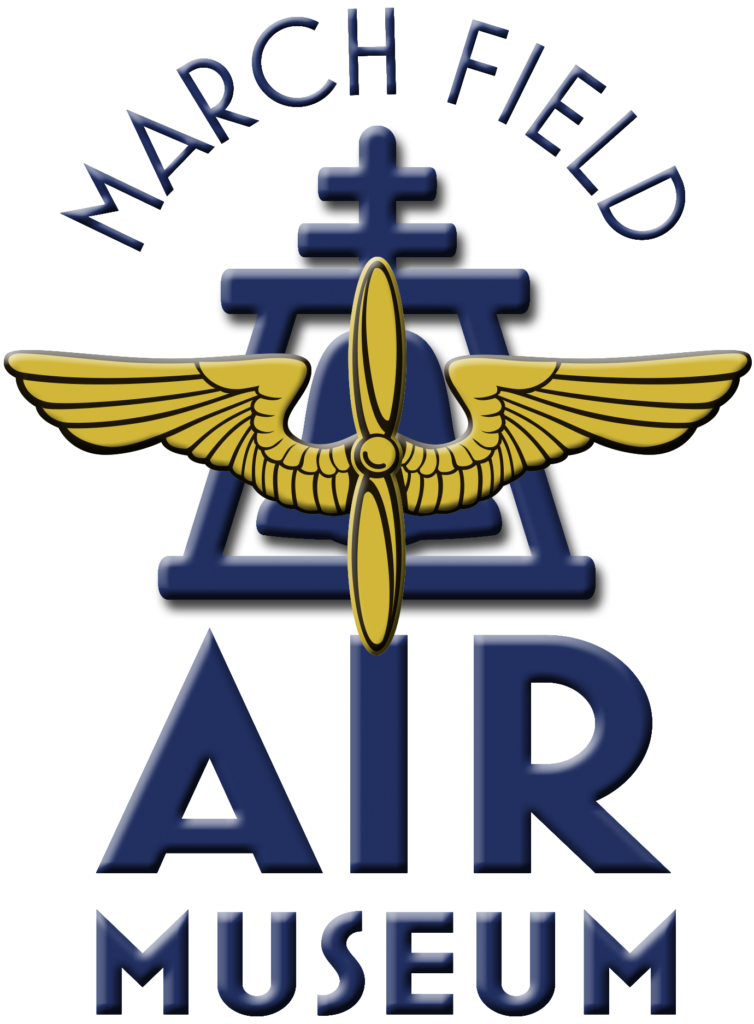Nieuport 11 (7/8 Replica)
In the first year of the Great War, technological superiority in aircraft design and aviation associated equipment allowed the Imperial German Flying Corps to sweep Allied aircraft from the skies in what became known as the “Fokker Scourge.” Synchronized machine guns designed to fire through the propeller of the fastest and most maneuverable aircraft made French, Belgian and English pilots’ easy prey for the first generation of German aces. Only the introduction of the single seat fighter the Nieuport 11, in January of 1916 brought German dominance to an end.
Originally designed for racing, the diminutive Bebe (Baby) with its upper wing mounted machine gun and state of the art technology, most specifically the use of ailerons instead of wing warping for rapid maneuvering, allowed the Allies to meet the Germans on an equal basis. Many of the First World War’s greatest pilots Charles Nungesser and George Guynemer flew Nieuports, as did Kiffin Rockwell of the famed Lafayette Escadrille. He was the first American to shoot down an enemy aircraft in combat. Although replaced by more advanced models after only a few months, hundreds of Nieuport 11s provided vital service at a time when their contribution to the Allied cause was most needed.
The Museum’s Nieuport 11 is a 7/8 scale replica built by Richard Felter and donated to the museum. The aircraft is painted in the color scheme of the famed Lafayette Escadrille, the American volunteer pilot group.
| Manufacturer: | Nieuport | ||
| Designation: | Nieuport 11 | ||
| Type: | Fighter (WWI) | ||
| Specifications | |||
|---|---|---|---|
| Length: | 19′ 7″ | ||
| Wingspan: | Upper 26′ Lower 25′ 7″ | ||
| Height: | 8′ | ||
| Gross Weight: | 1,060 lbs. | ||
| Armament: | 1 Lewis machine gun | ||
| Crew: | 1 | ||
| Propulsion | |||
| No. of Engines: | 1 | ||
| Powerplant: | Le Rhone Air Cooled Rotary, 9 cylinder | ||
| Horsepower (each): | 80 hp | ||
| Performance | |||
| Endurance/Range: | 155 miles | ||
| Max Speed: | 97 mph | ||
| Ceiling: | 15,000 ft | ||
| Payload: | 264lbs | ||

